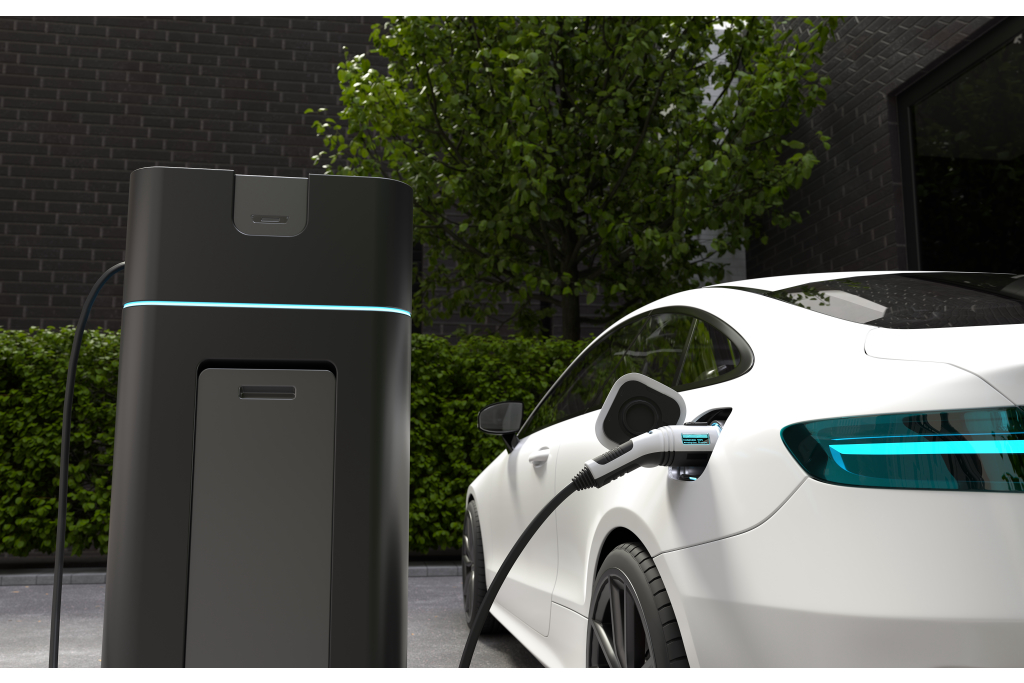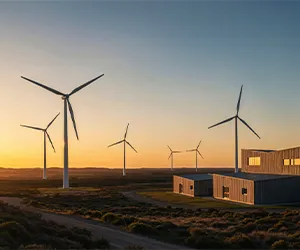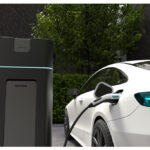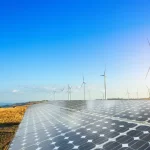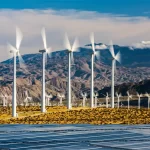Electric Vehicle Sales: EV Sales Show Mixed Trend in September; E-Car Sales Up 160% YoY
In recent years, the dynamic evolution of the automotive sector has been nothing short of transformative. With the global push toward decarbonization, government incentives, and advances in battery and charging infrastructure, electric vehicle sales have become one of the most watched indicators of where transportation is heading. Every monthly report on electric car sales, electric vehicle sales trends, and electric vehicle sales by month draws intense interest from policymakers, industry analysts, investors, and consumers. As we close out the third quarter of 2025, the car sales in September tell a fascinating—and somewhat mixed—story about the pace and direction of electric vehicles growth.
In September 2025, electric vehicle sales across India exhibited a nuanced picture: while some segments registered modest declines month-on-month, others delivered striking year-on-year gains. According to a detailed report from JMK Research & Analytics cited by the Economic Times, high-speed electric two-wheeler (E2W) sales stood at 1,04,056 units in September, marking a slight 0.24% month-on-month decline, even as the broader shift toward electrification continues. Meanwhile, passenger electric three-wheeler (E3W) sales slipped to 52,564 units, down nearly 4% from August and about 6.6% lower compared to September 2024. The cargo E3W segment, however, bucked the short-term trend: with 8,465 units sold, it dipped marginally from August but delivered a 28% year-on-year increase. In the e-bus domain, only 346 units were sold in September—down 12% from August and roughly 13% lower than September 2024.
But perhaps the most eye-catching statistic relates to the electric car sales (often the passenger car segment) in September 2025. An aggregate of 15,048 units were sold—a drop of about 13% month-on-month, yet an astounding 160% increase year-on-year. In other words, e-car sales surged more than two and a half times compared to the same month a year ago, signaling that despite short-term fluctuations, the long-term momentum remains sharply upward. In that segment, Tata Motors emerged as the dominant player, maintaining approximately a 40% share of the electric passenger car market.
This pattern—where monthly sales may wobble, but annual growth remains compelling—is increasingly characteristic of the evolving electric vehicle sales trends across markets. The interplay between incentives, supply chains, battery costs, consumer demand, and regulatory backing means that month-to-month comparisons don’t always tell the full story. But the YoY comparisons, especially for nascent markets like India’s, highlight the underlying trajectory of electric vehicles growth.
Before diving into the segment-wise breakdowns and long-term outlook, it’s instructive to see how the September data fits into the broader canvas of electric vehicle sales by year and how monthly fluctuations have played out historically. Over recent years, electric vehicle sales by year have consistently registered double-digit growth in many key markets. In India, as global automakers ramp up localization and domestic startups scale, the yearly totals for electric two-wheelers, e-three-wheelers, and passenger e-cars have soared—even as monthly sales occasionally stall or decline. Within that context, the electric vehicle sales by month measures—especially in a month like September, which bridges the mid-year and the final quarter—serve as a pulse check on momentum and sentiment.
The September 2025 data underscores that mixed reality. On the one hand, car sales in September for e-cars fell relative to August, reflecting perhaps inventory adjustments, demand fluctuations, or supply-side constraints. Yet on the other hand, the 160% YoY increase signals that base effects are being overcome, product acceptance is growing, and policy tailwinds are strengthening. The fact that high-speed E2W barely dipped month-on-month—despite it being a mature and high-volume segment—suggests the resilience of consumer demand even under pressure. The year-on-year growth is particularly vital in gauging electric vehicles growth, because it filters out seasonal or short-term noise.
Moreover, such electric vehicle sales trends matter deeply for several reasons. First, they inform infrastructure planning, such as where and when to scale charging networks. Second, carmakers use these insights to calibrate production, inventory, and marketing strategies. Third, investors and financiers use these signals to identify winners and allocate capital. And finally, regulators and policymakers use the data to monitor how effectively subsidies, tax incentives, or emissions rules are translating into real-world adoption.
To this end, September’s mixed results provide both caution and encouragement. The slight monthly declines serve as a reminder that growth in electric vehicle sales by month is not guaranteed—it can fluctuate with macro conditions, input cost pressures, or supply chain disruptions. Yet the blistering YoY growth in e-car sales reinforces that the underlying structural shifts are strongly in motion. Even segments like cargo E3W are participating in the upswing, with nearly 28% growth compared to the prior year. Meanwhile, e-bus sales may lag, indicating that larger vehicle segments are still more volatile and sensitive to fleet buying cycles.
This complex picture calls for a careful, data-driven exploration of the segmental dynamics, regional drivers, and future forecasts. In the next sections of this post, we will dissect each segment—electric two-wheelers, passenger e-cars, three-wheelers (cargo and passenger), e-buses—and trace how they have evolved month over month, year over year. We will also situate India’s trends within the global context of electric vehicle sales trends, and assess how policy, battery costs, charging infrastructure, and automaker strategies are likely to shape future quarters.
By exploring electric vehicle sales, we also aim to extract lessons for manufacturers, energy planners, charging infrastructure developers, and policymakers. Where are sales accelerating most rapidly? Which models or brands are gaining traction? How do incentives and market conditions interact to influence electric car sales month to month? And crucially, what should stakeholders monitor if they want to anticipate the next phase of electric vehicles growth?
In sum, while the headline—“e-car sales up 160% YoY in September 2025”—is undeniably striking, the underlying electric vehicle sales trends tell a richer and more nuanced story. The car sales in September reflect temporary dips, structural constraints, and competitive dynamics, but the YoY growth underscores that electric vehicle sales by month fluctuations are part of a broader upward arc. As we unpack the data further, we’ll see how seasonal patterns, base effects, policy shifts, and emerging technologies will likely shape the trajectory of electric vehicle sales by year and define how fast India (and other markets) can accelerate toward a low-carbon mobility future.

